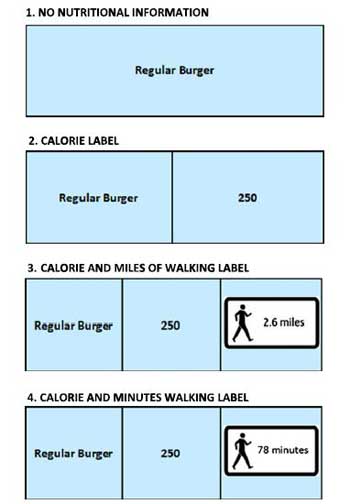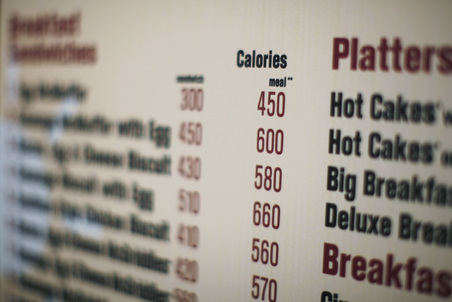Suns out, guns out – beach bods unite!
Now, more than ever, guests are noticing their calorie intake and diet rituals because swimsuit season is right around the corner. But do menu calorie counts truly affect consumer eating habits while dining out?
Menu Calorie Count Law
According to the FDA, menu calorie counts will soon be required. They are supposed to help the USA’s obesity problem, considering Americans eat 1/3 of their meals outside of the home. The proposed rules would require chain restaurants with 20 or more locations, as well as bakeries, grocers, convenience stores and coffee chains to post the calorie count for every item on their menu – additional nutrition info would have to be readily available if requested. However, the law does not apply to businesses like movie theaters, bowling alleys, airplanes, or any other business where the primary focus is not food.
Will this new law affect buyer behavior?
So, the question stands, will consumers pay close attention to calorie counts and will they affect food choices? Well, not really.
New York’s chain restaurants have been posting calorie counts on menus since 2008 and several studies have indicated that they have no effect on buyer behavior. The International Journal of Obesity surveyed and collected receipt data from adolescents in low-income areas in NYC and Newark, NJ (for a comparison) before and after the labeling law went into effect.
Conclusion: Low-income adolescents noticed calorie info, but were slightly less responsive than adults. There really wasn’t any evidence showing that the labeling influenced food choice or parental food choices for children in the tested population. They later released a similar study in Seattle, which has comparable results. Many people actually see more value in meals with more calories than not – Yikes!
What should restaurants do?
Until consumer demands change through purchasing habits and educational messages about nutrition are considered, counting calories may not change the score when it comes to counting calories in the USA. However, that doesn’t mean restaurant’s should be out of line with their portions and non-nutritional offerings. News reporters are already slamming restaurants like the Cheesecake Factory and Chilis for inconsistent calorie counts and insane calorie loaded meals. So, here are my suggestions:
- Post accurate calorie counts – If you’re 100 calories off on your menu it could mean 10 extra pounds packed onto your customer(s) by the end of the year – WOW.
- Let’s face it, it’s embarrassing to post high calorie items on menus. No one wants to see anything in the quadruple digits. So, my advice is to offer splitting the dish between two or more people or recommend a to-go box and encourage eating ½ the meal at home, rather than all at once. It should be engrained in the server’s head which dishes are served in generous portions.
- Create a low-cal menu – Having offerings for everyone, including the health conscious, will not only create more business, but positive word-of-mouth advertising too. Get support groups, like Weight Watchers, on your good side!
- Have options – If you offer a burger and fries on your menu, perhaps it’s a good idea to have beef substitutes like turkey, black bean patties, portabella mushroom caps, or buffalo burgers to lighten the calorie load. You can also offer fruit, salad, or sweet potato fries instead of the typical house fries.
At the end of the day, nutrition does matter and although it’s known many fast food and chain restaurants are unhealthy, the FDA will continue to fight against obesity in American and restaurants are an easy target. Stay ahead of the political debate and offer healthy options.
Measuring Calories With Exercise
Finally, as this topic gains speed people are going to be focusing more and more on the calories in the food, but I also don’t think it’s a bad thing to post something on your website or in the bathroom to remind people that, yes, counting calories are important, but so is exercise. If they do make a choice to pick a higher calorie menu item, then a nice walk afterwards would do the body good.
After all, who doesn’t want to see chiseled beach bods and bombshells at the beach this summer?
Update: After concluding this post, I found a blog post titled “We Should Measure Our Food In Exercise, Not In Calories,” which was based on a study done that showed consumers choosing to eat fewer calories when given a menu showing how much exercise they should be doing after consuming the said calories. The study showed that when people were shown a menu item with listed calories, and the amount of time it would take to walk-off the calories, people often made smarter choices when it came to choosing what to eat.

Goes to show that sometimes it’s more than just calories that consumers need to be reminded about to make healthier choices.
 Corner Booth Blog | TundraFMP Restaurant Supply, News & Equipment Blog
Corner Booth Blog | TundraFMP Restaurant Supply, News & Equipment Blog




